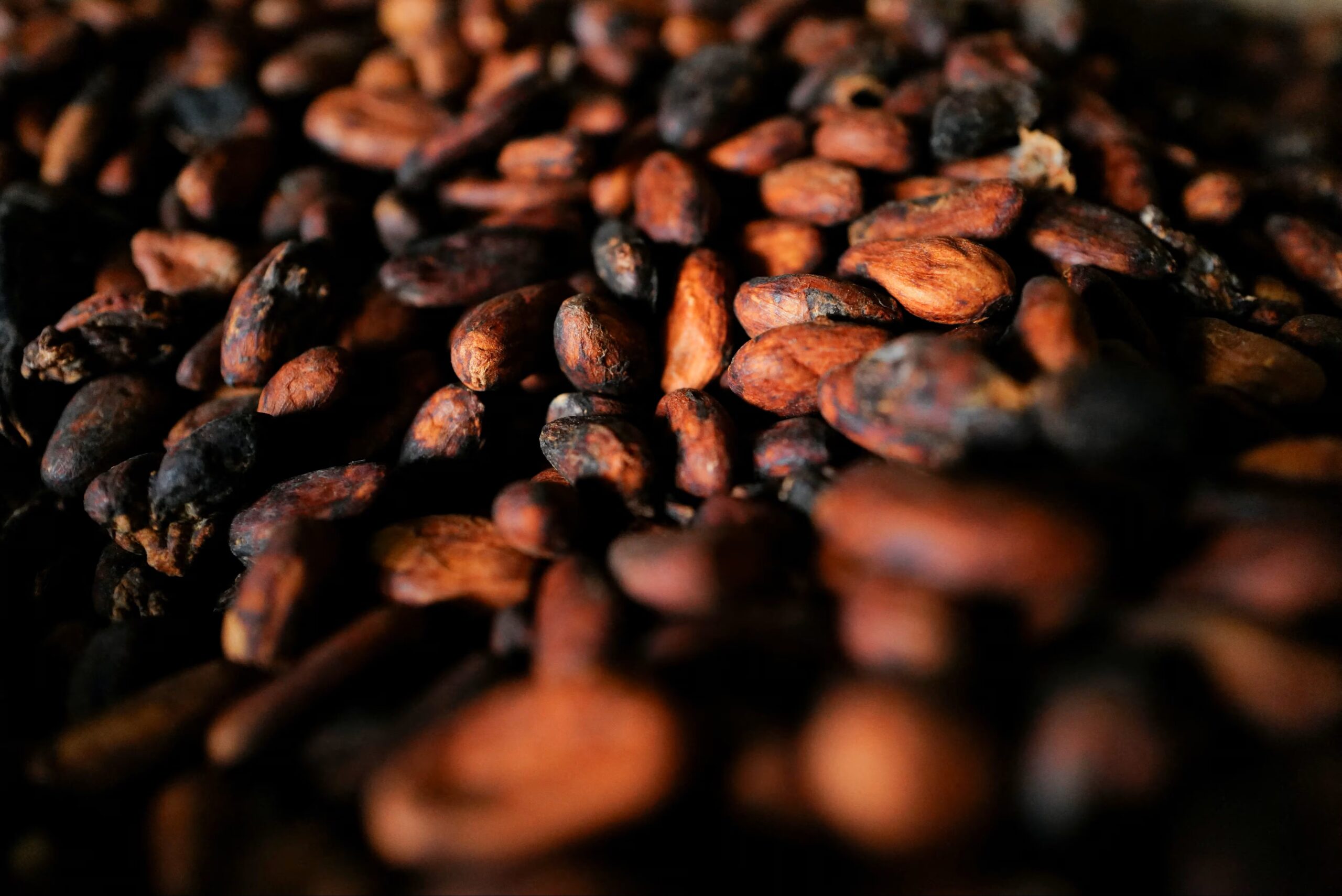Introduction
Cocoa futures are an essential agricultural commodity contract, offering traders exposure to one of the world’s most consumed soft commodities. In 2025, cocoa remains a central focus for both hedgers and speculators as supply disruptions, climate shifts, and demand growth in emerging markets drive volatility.
This guide explains how cocoa futures work, their contract specifications, trading strategies, and the risks traders must consider when engaging in this highly liquid but often unpredictable market.
What Are Cocoa Futures?
Cocoa futures are standardized contracts that represent 10 metric tons of cocoa beans, traded on exchanges such as ICE (Intercontinental Exchange). The contract allows traders to speculate on the future price of cocoa or hedge existing positions in the physical cocoa supply chain.
Key features:
- Contract Size: 10 metric tons of cocoa
- Tick Size: $1 per metric ton ($10 per contract)
- Pricing Unit: US dollars per metric ton
- Delivery: Physically deliverable (most traders close before delivery)
Why Trade Cocoa Futures in 2025?
- Volatility from Supply Shocks – Production concentrated in West Africa → sensitive to weather, politics, logistics.
- Portfolio Diversification – Softs often move independently from equities/bonds.
- Global Demand Growth – Rising chocolate consumption in Asia and EM supports long-term trends.
- Leverage – Control large notional with margin.
Related: Commodity Futures Trading – Guide to Metals, Energy & Agricultural Markets (2025)
How to Trade Cocoa Futures
Step 1: Understand Contract Specs
- Exchange: ICE Futures U.S.
- Contract Size: 10 metric tons
- Tick Size: $10 per contract
- Contract Months: March, May, July, September, December
Step 2: Choose a Trading Platform
| Platform | Best For | Features |
|---|---|---|
| StoneX | Institutional reliability | Global clearing, commodity expertise, deep liquidity |
| Edgeclear | Active futures traders | Transparent commissions, direct order flow access |
| Interactive Brokers | Multi-asset portfolios | Global market access, agricultural futures, TWS tools |
| NinjaTrader | Strategy & charting traders | Advanced charting, automation, DOM trading |
| AMP Global | Retail accessibility | Low-cost cocoa futures access, wide platform support |
See also: Futures Trading Platforms – 2025 Comparison Guide for Execution, Fees & Features
Risks of Cocoa Futures
- Weather Volatility: Rainfall shifts can wipe out expected yields.
- Political Interference: Export controls/tariffs can spike prices.
- Leverage Risk: Margins magnify gains and losses.
- Liquidity Drops: Off-season months may see reduced volume.
Related: Futures vs Options – 2025 Guide – Key Differences, Use Cases & Trading Scenarios
Next Step
Compare leading futures brokers and platforms for your strategy and risk profile.
Explore ReviewsConclusion
Cocoa futures provide traders with opportunities to profit from volatility driven by weather, politics, and global demand. As an agricultural contract with strong seasonality and high liquidity, cocoa attracts both hedgers and speculative traders.
With institutional access via StoneX, low-cost trading through Edgeclear and AMP Global, and advanced charting from Interactive Brokers and NinjaTrader, traders in 2025 have robust tools to participate in the cocoa futures market.
📍 Learn more and explore trading opportunities at bestfuturestradingplatform.com

